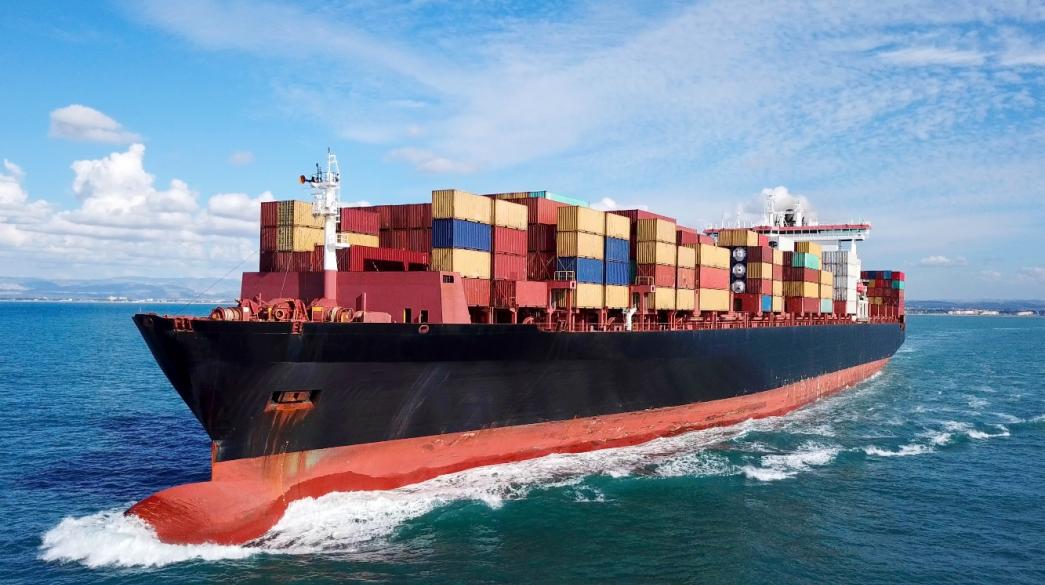Despite the expected increase in the capacity of container vessels, shipping costs will continue to hit new highs in 2021 amid strong demand, according to ING.
Freight rates have been rising since the autumn of 2020, but in the first few months of 2021 there was a new increase in prices in different categories (dry cargo, containers) on major trade routes.
For the first time in history, the transport of goods from Asia to Europe exceeded the $10,000 mark and this represents a blow to both exporters and importers, whose supply chains are being pushed to their limits.
In Greece, the president of the Athens chamber of commerce, Constantine Michalos, recently described the price hikes as being unrealistic, causing severe problems to Greek export and import companies, which end up being rolled over onto consumers.
Even when new capacity arrives, container liners may continue to be more active in managing it, keeping freight rates at a higher level than before the pandemic, ING highlighted, outlining five reasons why costs aren't going to come down anytime soon.
Continued global imbalances push prices up further
Problems that had built up from the beginning of the pandemic have included imbalances in the production and demand for goods, with countries locking down and opening up at different times, as well as shipping companies cutting the capacity on major routes and shortages of empty containers. As the recovery has progressed, global demand has recovered strongly, especially in the sectors which are most closely linked to international trade in goods. Competition for ocean freight capacity has intensified as economies open up further and inventories are rebuilt across the several links of supply chains.
Few alternatives to ocean freight
A lack of alternatives to ocean freight means it’s hard to avoid surging transport costs at the moment. For higher value products, alternative modes of transportation would normally be an option, such as the shipment of electronic devices by air or via train. But capacity is currently limited, and tariffs have spiked as well. Shippers of lower value products such as household items, toys, promotional articles or t-shirts have seen freight costs increase from around 5 percent of their sourcing costs to more than 20 percent.
An unbalanced recovery throughout 2021
Some countries are already exporting more goods than they did before the pandemic, while in others, including the US, exports continue to lag behind the overall recovery in output. Trade in goods will rise further while not only the major trading countries, but also their trade partners, continue recovering. With the competition for ocean freight capacity set to remain, the unbalanced recovery will continue to exacerbate some of the problems for world trade, including displaced empty containers.
Reduced blank sailings will help ease capacity constraints
Globally, capacity on major shipping routes has recovered to levels before the major lockdowns in 2020, although blank sailings (cancelled port calls) continued to cut 10 percent of scheduled capacity through the first quarter. There are signs of improvement this quarter, which on current plans will average at 4 percent.
Port congestion and closures keep creating delays
As the link between cancelled sailings and delays suggests, congestion is part of the problem. Shipping performance in 2021 has carried on where 2020 left off, in terms of lower rates of vessels keeping to schedule, and average delays for late vessels rising. There are some signs that average performance will start to improve as the share of vessels reaching their destinations on time stopped sliding in April, and average delays improved. But overall performance remains the lowest it has been in ten years of records.



